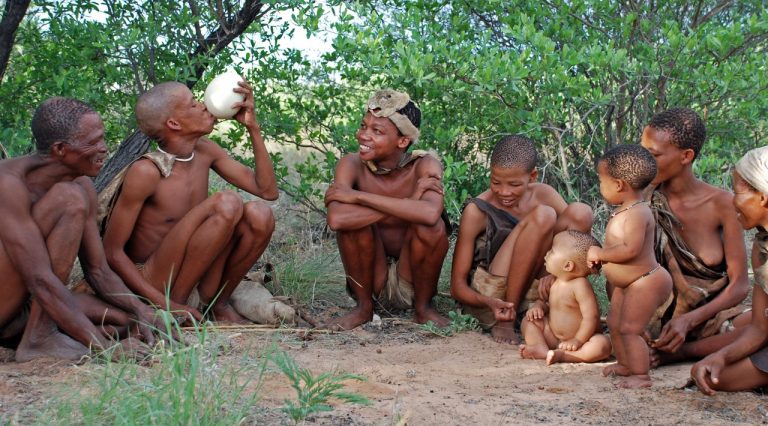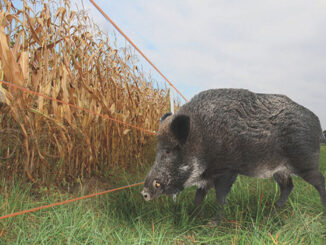
In the age of globalization, it is easy to make the mistake of assuming that all the land on earth has been explored and that it holds no secrets for us. The fact is that not only are there unexplored areas on our planet, but there are also populations that have never been contacted by the outside world as, for example, the indigenous tribes.
Some indigenous tribes number very few people. However, assessing their exact number is quite hard, since some of those which have survived avoid contact with the external world. This is mainly because their long isolation puts them at risk of contracting diseases that their immune system cannot fight.
However, here are what are thought to be the three smallest indigenous tribes in the world.
The Two Smallest Indigenous Tribes: the Kanoê and the Akuntsu
Rondônia, Brazil is also known as the Rio Omerê Indigenous Territory since it is home to two of the smallest indigenous tribes in the world: the Kanoê and the Akuntsu. The Kanoê tribe lives in the southern Rondônia, near Bolivia. The tribe’s population is divided into two groups: one that lives in the region of the Guaporé River and the other one that resides in the Rio Omerê Indigenous Territory. The individuals of the first group were in part exterminated by the white population and in part have assimilated into other – both indigenous and non-indigenous – populations. The other part of the Kanoê tribe numbers only five individuals, also as a result of coming into contact with the white population.
The Kanoê tribe shares the Rio Omerê Indigenous Territory with another of the smallest tribes of the world: the Akuntsu. This latter was contacted shortly after the Kanoê were. They are thus called by the Kanoê tribe and their name simply means “other Indians”. As a consequence of a massacre brought on in the 80s by Brazilian cattle ranchers, this tribe is now composed only by four individuals.
The Sentinelese
The Sentinelese are considered one of the world‘s last uncontacted people. They live in the area of North Sentinel Island in the Bay of Bengal in India. They are very hostile to outsiders. Since they avoid contact with the external world, it is very hard to estimate how many individuals their tribe is composed of. However, the number is thought to be between 15 and 200.
There are many other similar tribes all around the world and more often than not they are under threat because of the people who want to come into contact with them at any cost. For this reason, many tribes risk extinction. However, there are also people, indigenous rights activists, who do their best to protect them and fight for their right to be left alone.




